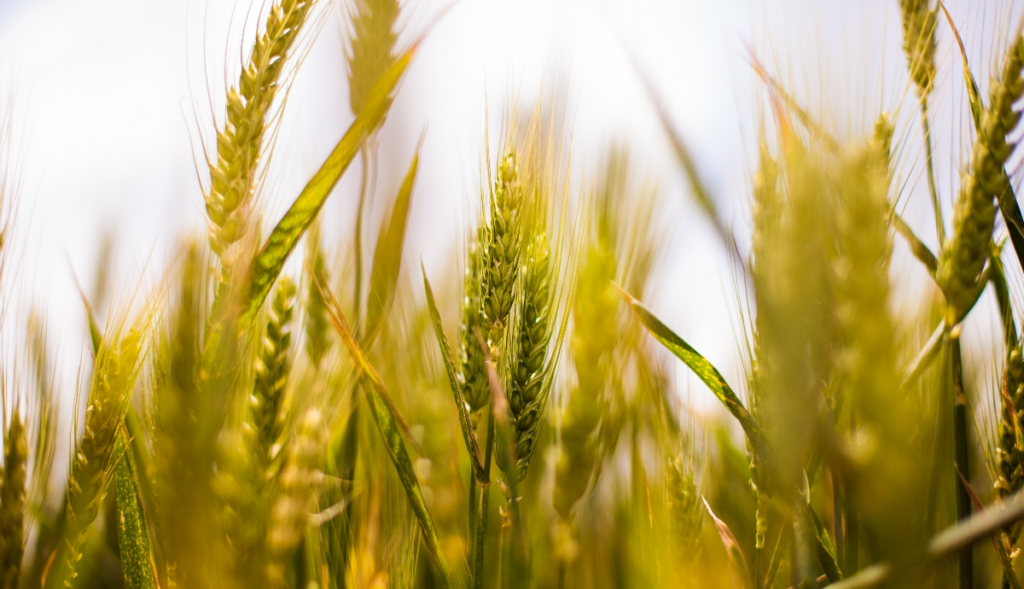Disturbance detection within non-stationary time series from satellite imagery is a crucial and challenging task that can help policymakers, natural resource managers, and researchers in making proper decisions and actions. Disturbances can be caused by many factors, such as wildfire, drought, flood, and insect attack. For more details please see Near-Real-Time Monitoring and Change Detection

Some of our team members have been working on developing a machine learning technique to quickly detect and classify such disturbances. The technique uses a spectral analysis method which can also identify the type of disturbances, part of which is joint work with scientists in NASA Jet Propulsion Laboratory











